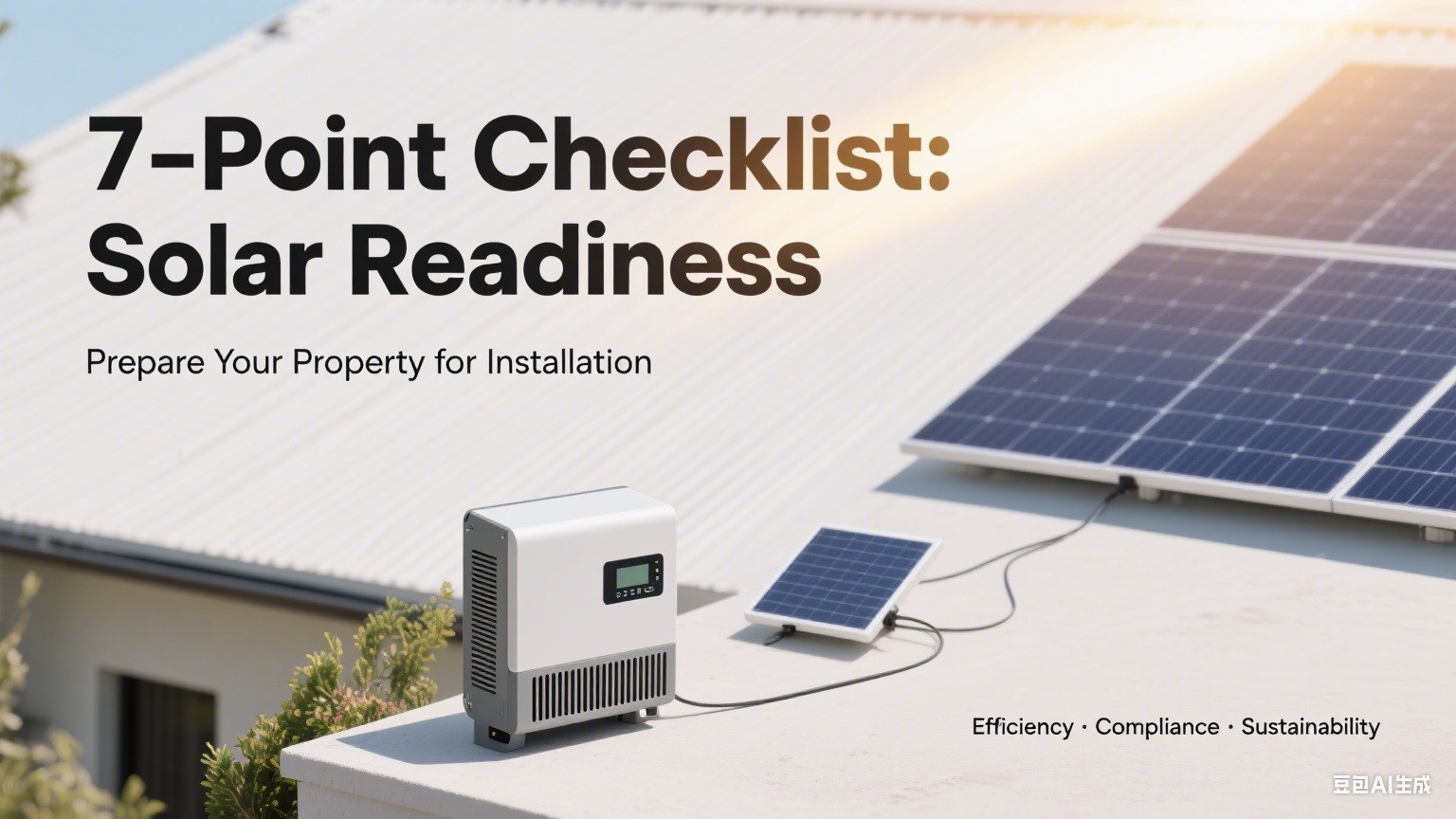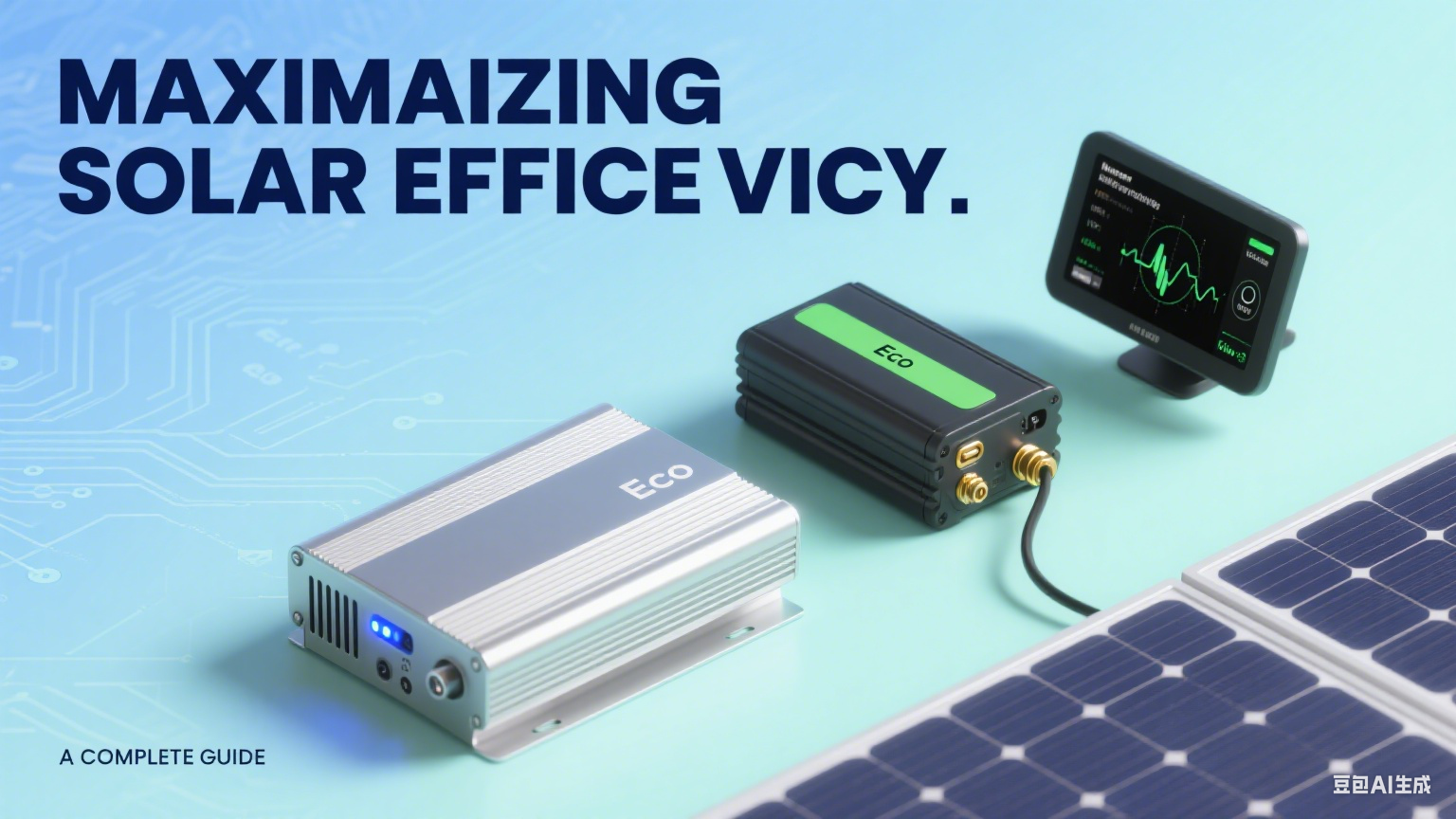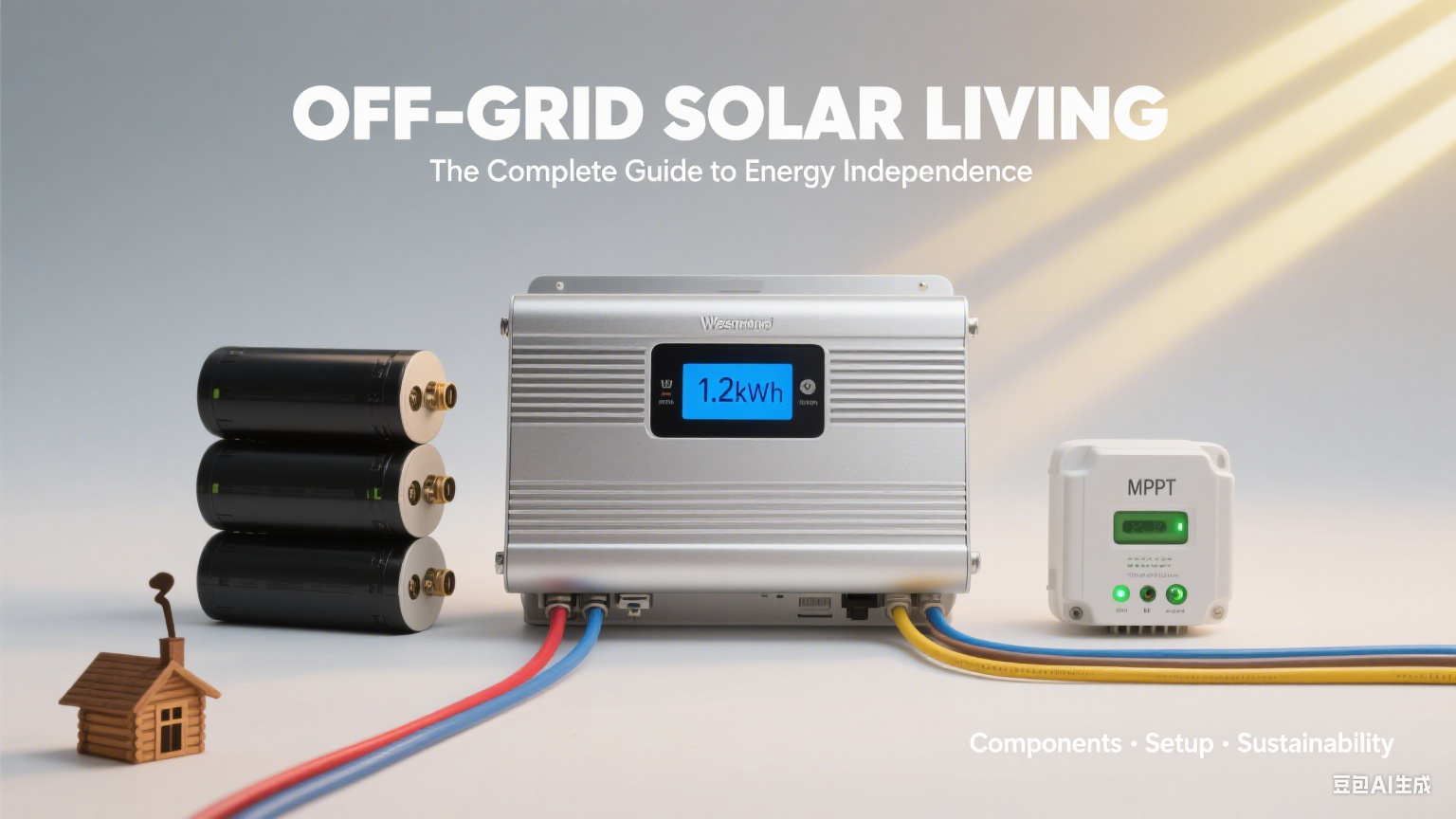The Practical Guide to Maintaining Your Solar Products for Longevity
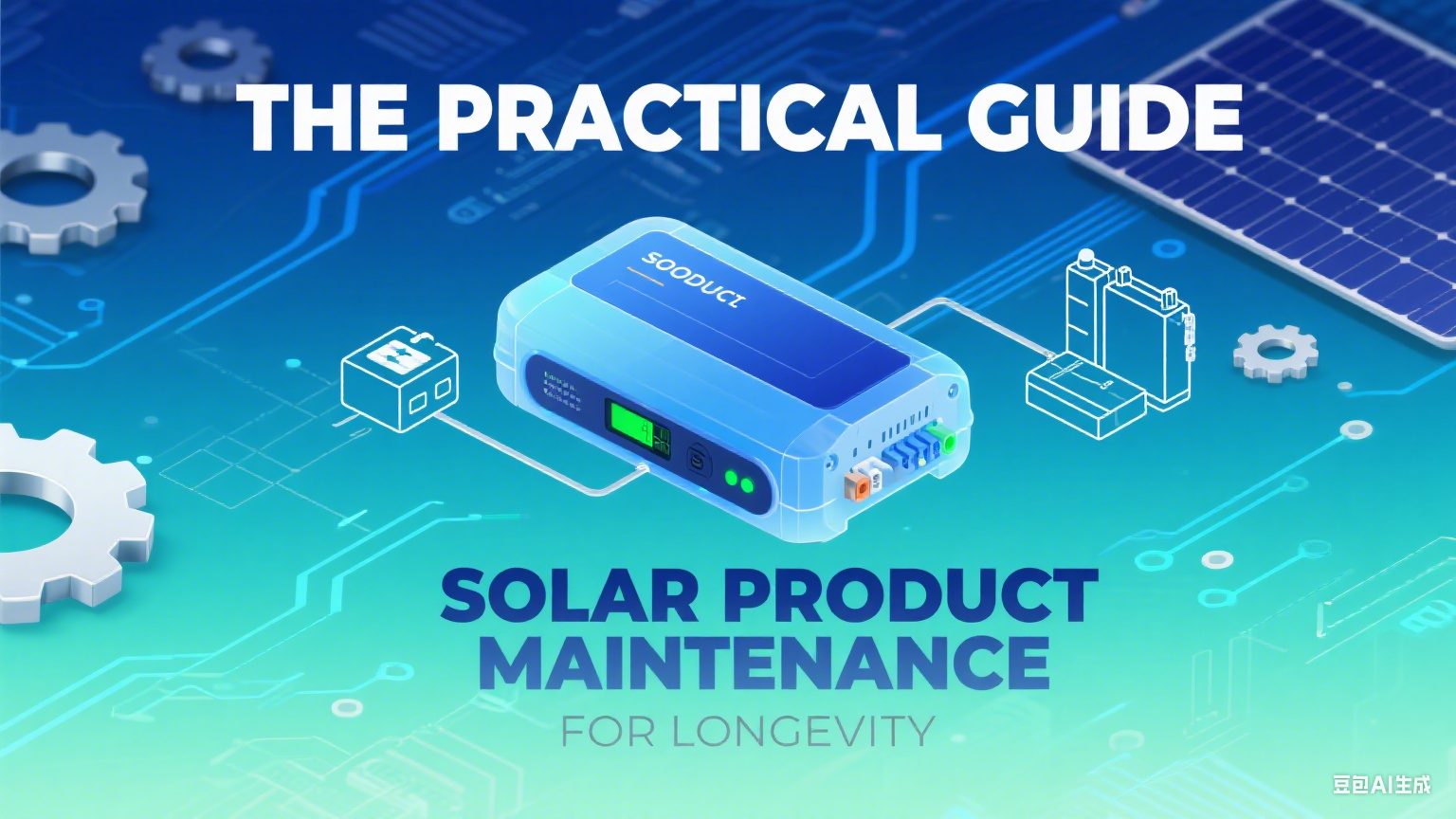
Solar products are a significant investment that can provide clean, renewable energy for decades. However, to ensure they operate efficiently and last as long as possible, regular maintenance is essential. This guide provides practical tips and best practices to help you maintain your solar panels and other solar products for optimal performance and longevity.
| Maintenance Aspect | Key Points |
|---|---|
| Regular Cleaning | - Remove dirt/debris to boost efficiency. - Frequency: 3–6 months (dry/dusty areas); 1–2 times/year (temperate regions); post-storms/fires. - Use soft tools, mild detergent; avoid harsh chemicals. - DIY (accessible roofs) or hire pros (steep/multi-story). |
| Damage Inspection | - Check panels every few months for cracks, discoloration; mounting hardware for corrosion/looseness; wiring for wear. - Address issues promptly; consult pros for major damage. |
| Performance Monitoring | - Use inverter/app tools to track energy production, voltage, efficiency. - Monitor for unexpected output drops or inconsistent performance. |
| Vegetation Management | - Trim trees/bushes regularly to prevent shading. - Opt for low-growing plants to minimize shading. |
| Proper Ventilation | - Ensure space between panels and roof for air circulation. - Keep inverter unobstructed for ventilation to avoid overheating. |
| Wildlife Protection | - Install fencing (larger animals) and bird deterrents. - Inspect for signs of animal intrusion/damage. |
| Professional Maintenance | - Annual checks by certified technicians. - Includes thermal imaging, electrical/structural checks, performance calibration. - Benefits: early issue detection, expert repairs, system optimization. |
1. Regular Cleaning
1.1 Importance of Cleaning
Dirt, dust, pollen, bird droppings, and other debris can accumulate on the surface of solar panels, reducing their ability to absorb sunlight and generate electricity. Regular cleaning can significantly improve the efficiency of your solar panels.
1.2 Cleaning Frequency
- In Dry or Dusty Regions: Clean every 3–6 months.
- In Temperate, Rain-Washed Areas: Clean once or twice a year.
- After Heavy Storms or Fire Season: Inspect and clean immediately.
1.3 Cleaning Techniques
- Materials: Use a soft brush or sponge, mild detergent, and water.
- Timing: Clean early in the morning or late in the evening to avoid rapid evaporation and potential streaking.
- Avoid Harsh Chemicals: Do not use abrasive materials or harsh chemicals that could damage the panels.
1.4 DIY vs. Professional Cleaning
If your roof is easily accessible, DIY cleaning is fine. However, for multi-story homes or steep roofs, consider hiring a licensed professional to avoid safety risks.
2. Inspect for Damage
2.1 Regular Inspections
Inspect your solar panels every few months for signs of damage, such as cracks, chips, or discoloration. Check the mounting hardware for corrosion or looseness, and examine wiring for wear, fraying, or corrosion.
2.2 What to Look For
- Cracks or Chips: These can affect the performance and longevity of your panels.
- Loose Connections: Ensure all electrical connections are secure.
- Corrosion: Check for signs of rust or corrosion, especially in coastal areas.
2.3 Addressing Issues
If you find any issues, address them promptly. For significant damage or complex repairs, contact a professional technician.
3. Monitor Performance
3.1 Importance of Monitoring
Regularly monitoring your solar system’s performance helps you identify potential issues early and ensures your system is operating efficiently.
3.2 Monitoring Tools
Use the monitoring tools provided by your inverter manufacturer or third-party sensors to track energy production, voltage levels, and overall system efficiency. Many modern systems offer real-time monitoring through apps or web interfaces.
3.3 What to Monitor
- Energy Production: Compare daily, monthly, and annual output to expected performance.
- Voltage and Current Levels: Ensure these metrics are within expected ranges.
- System Efficiency: Look for any unexpected drops in performance.
3.4 Identifying Issues
- Unexpected Drops in Output: Investigate if you notice a sudden decrease in energy production.
- Inconsistent Performance: Compare panel performance over time to identify trends or anomalies.
4. Manage Vegetation
4.1 Importance of Vegetation Management
Trees and plants around your solar panels can cast shadows, reducing sunlight exposure and efficiency. Regularly trim trees and bushes to ensure maximum sunlight reaches your panels.
4.2 Best Practices
- Regular Trimming: Keep vegetation trimmed to prevent shading.
- Landscaping: Consider landscaping options that minimize shading, such as low-growing plants or ground cover.
5. Ensure Proper Ventilation
5.1 Importance of Ventilation
Solar panels and inverters operate more efficiently when they are cool. Proper ventilation helps prevent overheating, which can reduce efficiency and lifespan.
5.2 Best Practices
- Space for Air Circulation: Ensure there is enough space between the panels and the roof or mounting surface.
- Inverter Ventilation: Check that your inverter has proper ventilation and is not obstructed.
6. Protect Against Wildlife
6.1 Importance of Wildlife Protection
Wildlife, such as birds and rodents, can cause damage to your solar panels and electrical components.
6.2 Best Practices
- Fencing: Install fencing to keep larger animals away from the installation.
- Bird Deterrents: Use bird deterrents to prevent nesting and droppings on panels.
- Regular Inspections: Check for signs of animal intrusion or damage.
7. Schedule Professional Maintenance
7.1 Importance of Professional Inspections
While regular cleaning and inspections can be done by homeowners, professional maintenance ensures all components are in optimal condition. Schedule annual maintenance checks with a certified solar technician.
7.2 What Professionals Check
- Thermal Imaging: Detect hot spots or malfunctioning cells.
- Electrical System Checks: Inspect wiring, connections, and inverters.
- Structural Integrity: Assess the mounting system for corrosion, wear, or damage.
- Performance Calibration: Ensure monitoring equipment is calibrated correctly.
7.3 Benefits of Professional Maintenance
- Early Detection: Identify potential issues before they become major problems.
- Expert Repairs: Ensure repairs are done correctly and safely.
- System Optimization: Professionals can recommend upgrades or adjustments to improve performance.
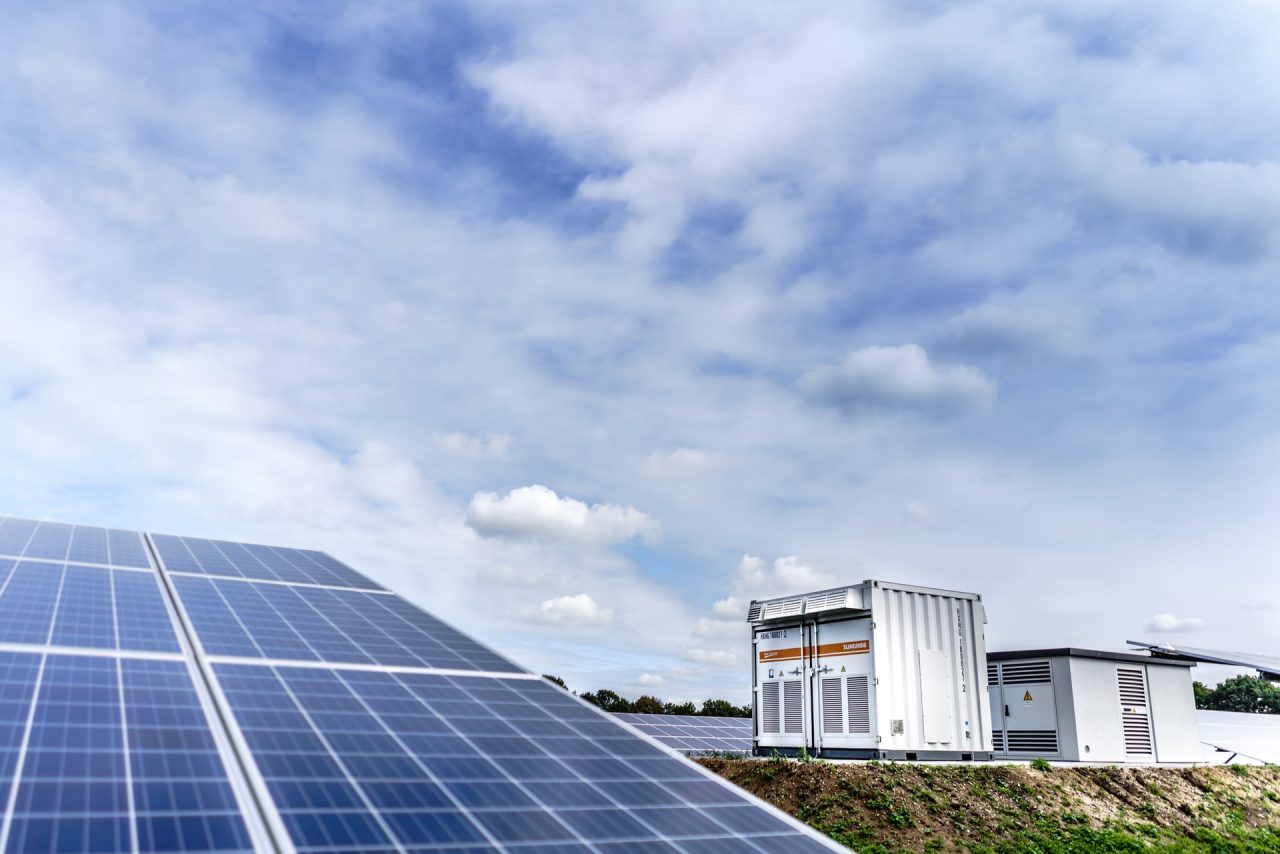
Conclusion
Maintaining your solar products is essential for ensuring they operate efficiently and last for many years. By following these practical tips for regular cleaning, inspections, performance monitoring, vegetation management, proper ventilation, wildlife protection, and professional maintenance, you can maximize the efficiency and longevity of your solar investment. Proper care not only ensures that your panels produce the maximum amount of energy but also provides peace of mind knowing that your system is in optimal condition.
For more information on photovoltaic technology, please visithttps://youtu.be/JB56vgBNr6E?si=48ZjW1I9exvg7s-o for detailed content.

